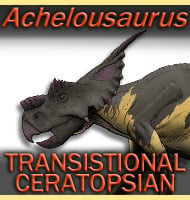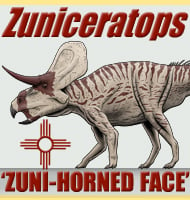Stormbergia
In Depth Based upon the description of a partial skull, the validity of the Stormbergia genus has been questioned as some have proposed that the skull may represent the fully grown adult form of Lesothosaurus. If this is correct then Stormbergia would actually be a synonym to Lesothosaurus. Further Reading - The ‘fabrosaurid’ ornithischian dinosaurs … Read more

